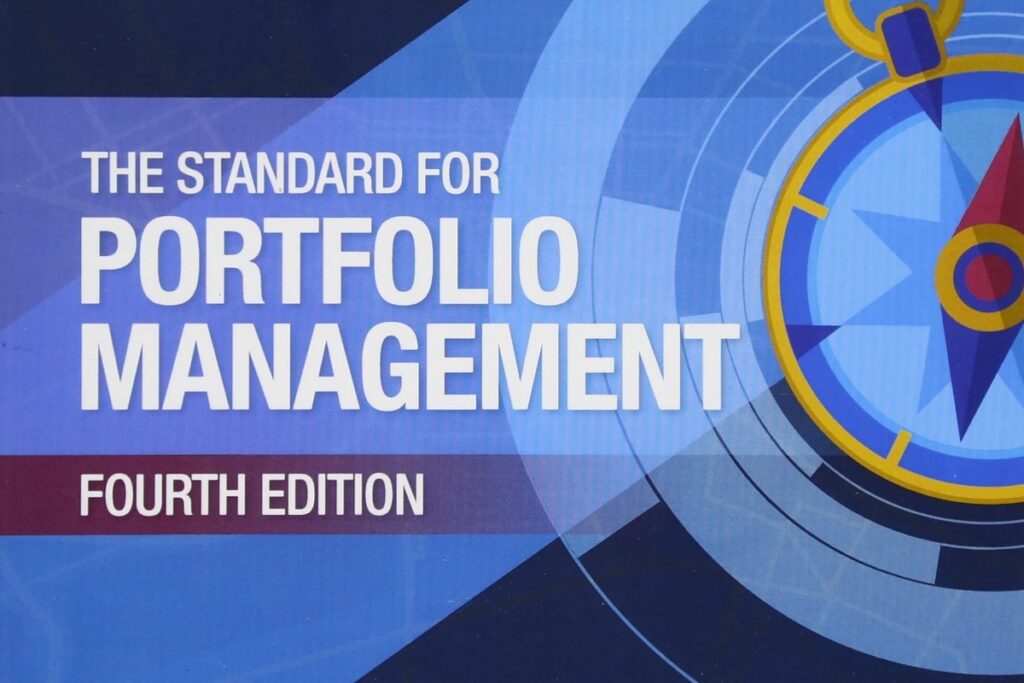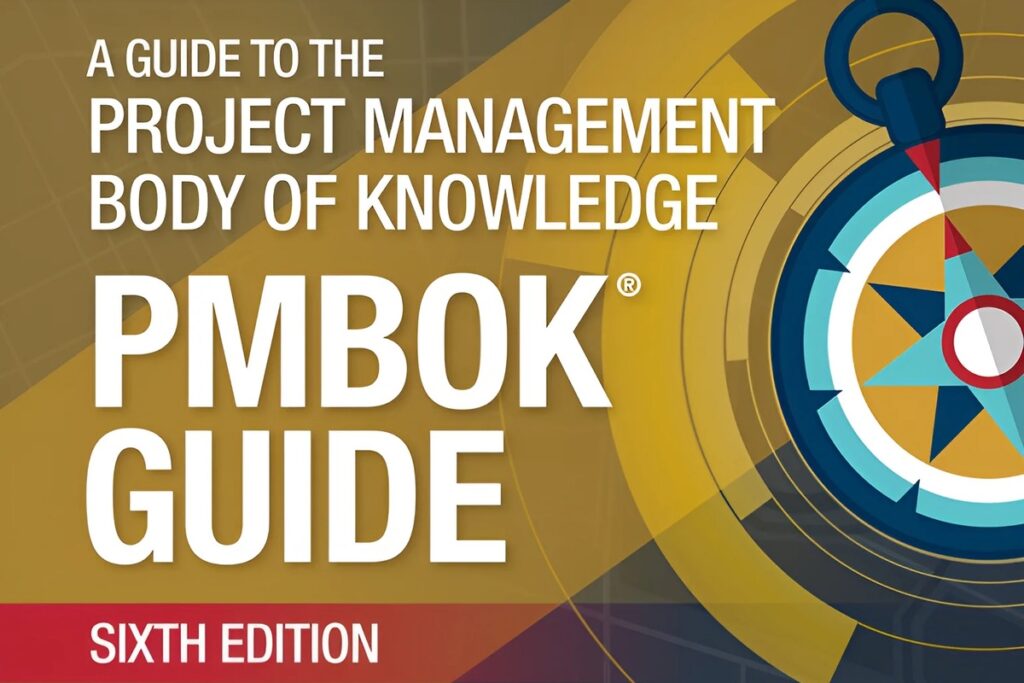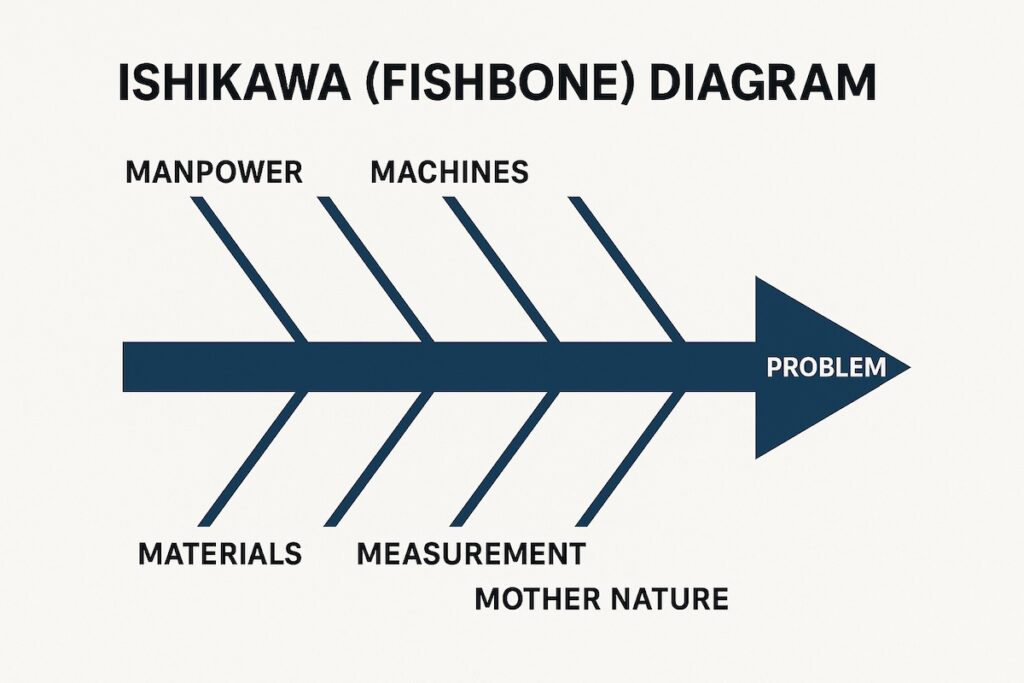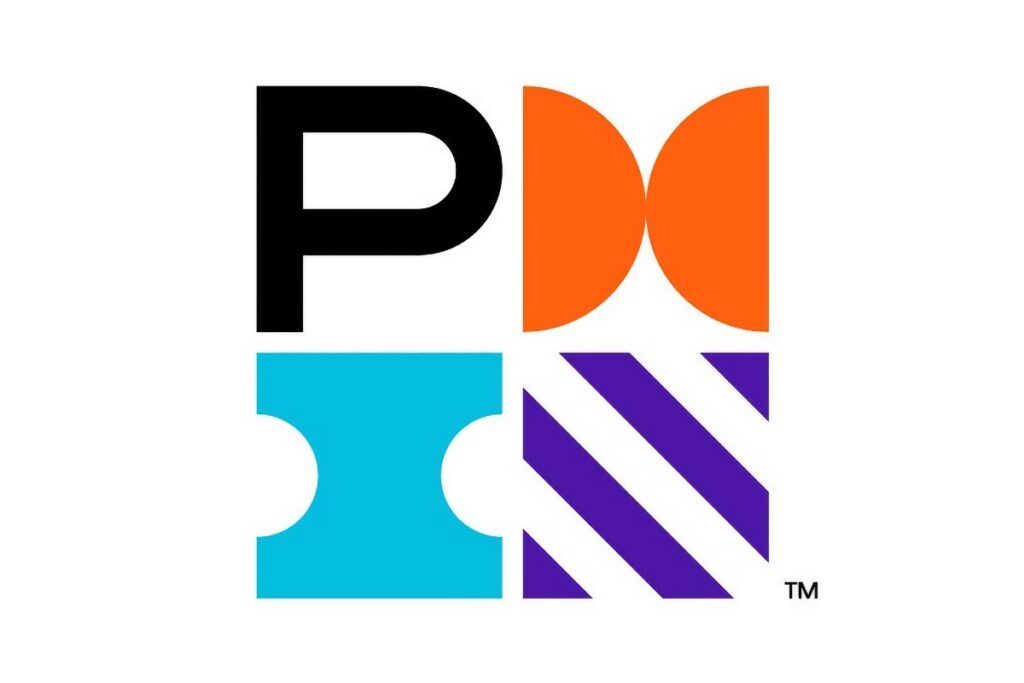Review of PMI’s The Standard for Portfolio Management – Fourth Edition
As organizations navigate digital transformation, evolving stakeholder expectations, and competitive market shifts, strategic alignment across initiatives has become a boardroom priority. The Standard for Portfolio Management – Fourth Edition, published by the Project Management Institute (PMI) in 2017, offers a globally recognized framework for selecting, prioritizing, and managing portfolios of projects and programs to achieve strategic objectives. This edition […]
Review of PMI’s The Standard for Portfolio Management – Fourth Edition Read More »










